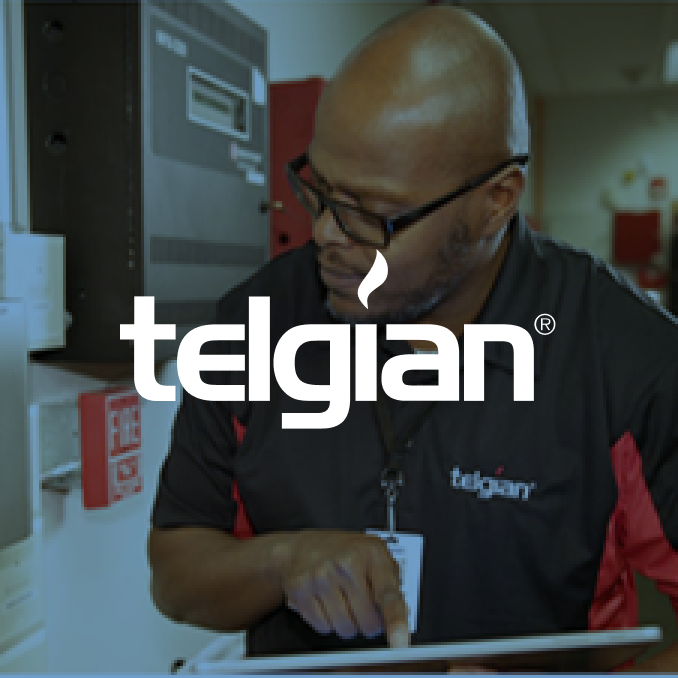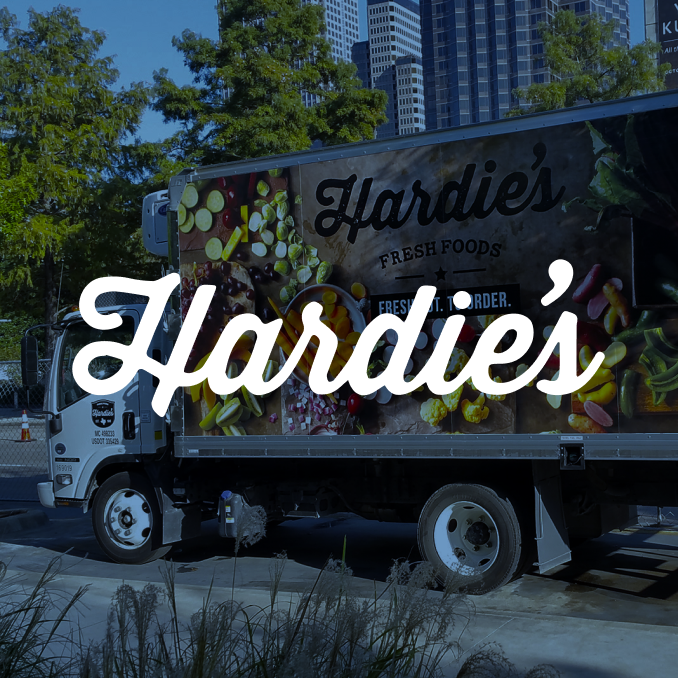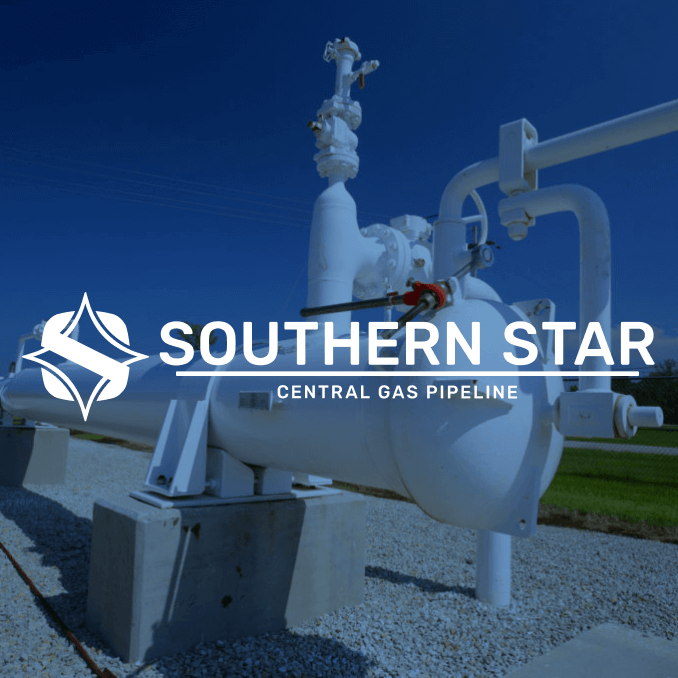The Differences Between Routing and Scheduling and Why You Need to Excel at Both
5 min read

If you manage delivery operations or oversee a mobile workforce of service or maintenance professionals, chances are you’re already using some sort of route planning and scheduling. But understanding the unique advantages of each of these tools could make you more effective, increase your business’s delivery or service capacity, and generate a lot more revenue.
Executing scheduling and route planning without first understanding their respective purposes is kind of like trying to eat a bowl of soup with chopsticks. In this article, we’ll show you precisely what each tool is designed for, the advantages they offer, and why you need to do both well.
What is Routing and Scheduling (and How Are They Different)?

Scheduling is the process of planning out time windows for when deliveries will be made and who will make them. Routing is the process of mapping specific routes that drivers will take to make these deliveries
To get a better understanding of the differences between routing and scheduling, let’s dive a bit further into what each entails. Scheduling involves taking orders or service requests, determining how many employees (and the number of vehicles) you need to have working to cover those orders, and assigning workers to orders during specific time windows. To execute seamless field operations, you almost always need to do scheduling first.
Route planning is the process of taking your schedule and mapping out precise (and optimal) routes for delivery drivers or service professionals. Route planning is used to optimize routes by taking factors like vehicle capacity constraints, travel time, and transportation costs into account, while scheduling is used to optimize workloads and workforce availability.
Routing and Scheduling: A Complementary Duo for Deliveries
Together, scheduling and routing help you increase your bottom line, handle more orders, and scale successfully. Like the peanut butter and jelly in a lunchtime classic, routing and scheduling are good on their own, but they’re even better together.
What is route scheduling?
Route scheduling is the practice of scheduling a driver’s servicing, delivery, and arrival times for their routes. Route scheduling not only maximizes service appointments in a given work day, it also ensures that customers get serviced in an accurate and timely manner.
Here are just some of the benefits you can get from perfecting your scheduling and route planning processes.
Increased revenue
Scheduling ensures you have enough, but not too many, employees working to fulfill orders. That means you’ll be able to meet demand while reducing wasted spend. If you have scheduling problems due to a haphazard or ineffective methodology, you could be paying workers to sit around.
Once you have a solid schedule in place, you can optimize your route planning. In a case study conducted in conjunction with an Asian logistics company, McKinsey found that algorithmic route optimization increased profits by 16% without diminishing quality. Using software like OptimoRoute to quickly and efficiently calculate the best routes cuts down on planning time, increases driver capacity, and reduces miles driven.
Telgian is a global company that provides industry-leading fire-safety consulting. Telgian achieved 19% year-over-year revenue growth in a three-year span by improving both their route planning and scheduling with route-optimization software.
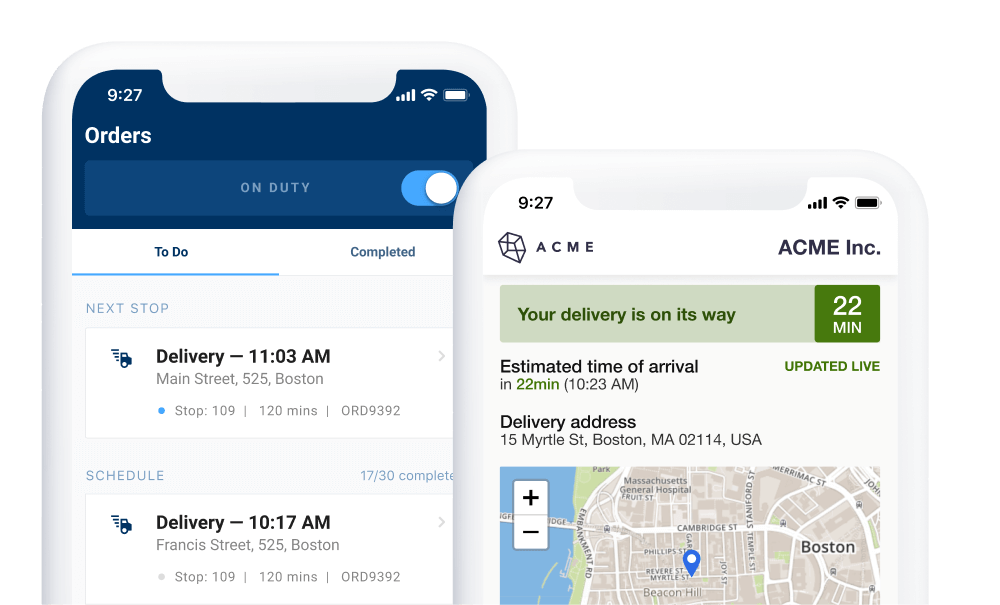
Reduce your operational costs by 30%
Increase delivery capacity by 43%
Plan 7x faster
Increased efficiency
Scheduling and route planning have the power to increase revenue, in part because they also increase efficiency. After all, wasted work hours are most commonly a result of inefficiencies.
Great scheduling ensures that you meet deadlines. Great route planning reduces fuel costs, cuts down on drive times, and enables managers to schedule breaks for mobile workers who have the lowest impact on a service route. Telgian’s planning became 82% more efficient after using route-optimization software, reducing the number of work hours required for planning from 312 to just 56. Using OptimoRoute, Telgian was able to rapidly calculate the most efficient routes for their safety inspectors’ multiday journeys and easily see where additional appointments could be accommodated.
Hardie’s Fresh Foods, a food-delivery company in Texas, also increased their efficiency by improving their route planning and scheduling process. Hardie’s planning is 8x faster and requires 60% less manpower now that they use OptimoRoute.
Increased productivity
Research has shown that happy employees are, on average, 13% more productive than unhappy ones. And a great way to keep your team happy is with good planning.
Truly exceptional scheduling and route planning allow you to give employees and delivery teams their work schedules further in advance, which means those employees have more flexibility to plan time with their families or find coverage if they want to do something like attend a child’s sports game.
Gallup analyzed data from 49 publicly traded companies and discovered that businesses with a ratio of 9.3 engaged employees for every one actively disengaged employee earned 147% more per share than their competition. Employee engagement and productivity have a large impact on the overall success of a company.
Southern Star, a natural gas supplier in the US, was able to increase their productivity drastically by incorporating OptimoRoute into their scheduling and planning process. Southern Star’s technicians now have the capacity to complete twice as many tasks in a day and have even been able to complete lower priority jobs that would have been backlogged in the past due to limited capacity.
Ability to scale your business
Mastering scheduling and route planning will help you adapt when you need to scale your business. This is true for sustained overall scaling (like opening a new location or expanding your delivery territory) and short-term scaling to meet a seasonal demand increase.
We can see the impact efficient scheduling and route planning have on scaling by looking at The Little Posy Co., a flower-delivery business located in Perth that needs to scale up to meet increased demand for certain holidays and then scale back down once the holidays have ended.
With the help of OptimoRoute software, The Little Posy Co. triples their fleet for Valentine’s Day and then easily scales back down once the holiday is over.
Optimize Your Planning and Scheduling Before It’s Too Late
Scheduling and vehicle routing, just like any other business process or product, can become outdated if you don’t regularly assess them. If your competitor can deliver in half the time you can, you’re going to lose customers. With logistics powerhouses like Amazon making fast and free shipping widely available, consumer expectations have shifted. In a 2019 global survey conducted by BigCommerce, 77% of consumers said they had backed out of an ecommerce purchase because of what they felt were “unsatisfactory shipping options.”
Manually scheduling and planning routes is extremely inefficient, and, worse yet, if a customer cancels or makes last-minute changes to an order or if a driver calls out sick, you basically need to start over. Staying competitive amid evolving technology doesn’t have to be stressful, though. Telgian, Hardie’s Fresh Foods, and The Little Posy Co. have achieved success in three very different industries by improving their planning and scheduling with routing software.
Optimize your route planning and scheduling with software
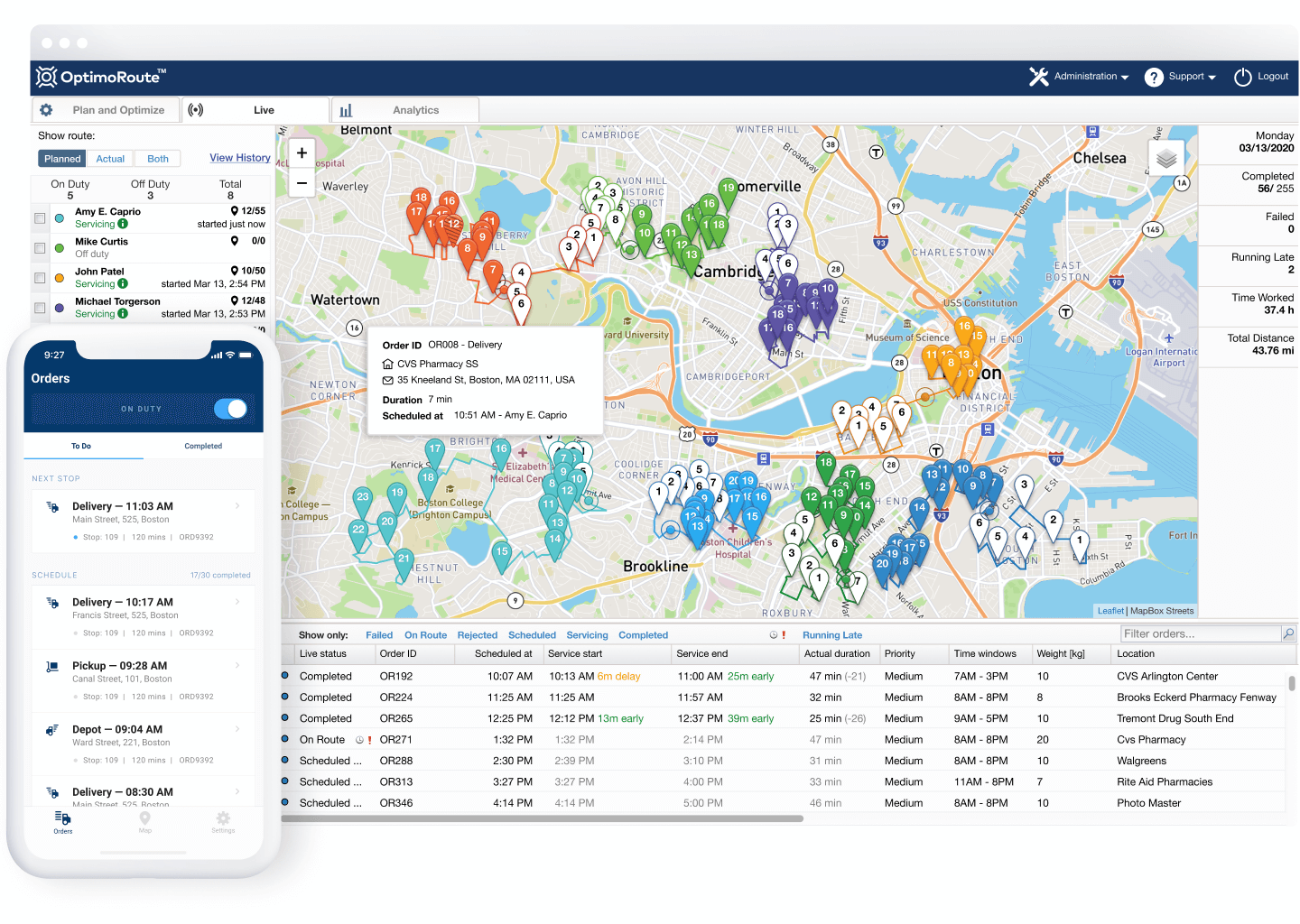
OptimoRoute gives businesses the power to plan hundreds of deliveries, pickups, in-field service requests, or maintenance appointments with multiple constraints in a matter of seconds. With OptimoRoute, fleet managers and route planners get more time to focus on strategy as well as on the following benefits:
- The robust capabilities of OptimoRoute software allow fleet managers to plan routing and scheduling five weeks at a time. This means weekly or monthly shift schedules can be given to drivers or service professionals sooner.
- Workloads can be balanced to evenly distribute orders amongst drivers, prioritize the lowest cost for contracted drivers, or a combination of the two.
- Dynamic route planning enables managers to make adjustments to delivery routes anytime they need to, in a matter of minutes, so routes are fully adaptable.
- Real-time tracking displays breadcrumbs, which shows dispatchers and field service management teams where drivers are along their routes (or if they deviate from their planned route for any reason).
- Advanced analytics and historical data can be used to make data driven decisions and improve operations going forward.
OptimoRoute helps businesses deliver a better customer experience, too. Route-planning software increases on-time deliveries, and ETAs show customers when their order or service professional will arrive.
The Secret to Routing and Scheduling Success
The secret to achieving high-performing field operations is capitalizing on their unique advantages and then harnessing the power of modern technology.
OptimoRoute not only makes scheduling and routing more efficient right away, but it also helps you improve your overall process going forward. The longer you use OptimoRoute, the more insight you will gain through advanced analytics, which will help you know when you need to hire more employees and bring on seasonal workers and where you can accommodate more orders.
Improve your scheduling and route planning with OptimoRoute
Experience the difference in scheduling and route planning with route-optimization software for yourself. Get started with a 30-day free trial.
Try OptimoRoute™ for Free
No installation or credit card required
